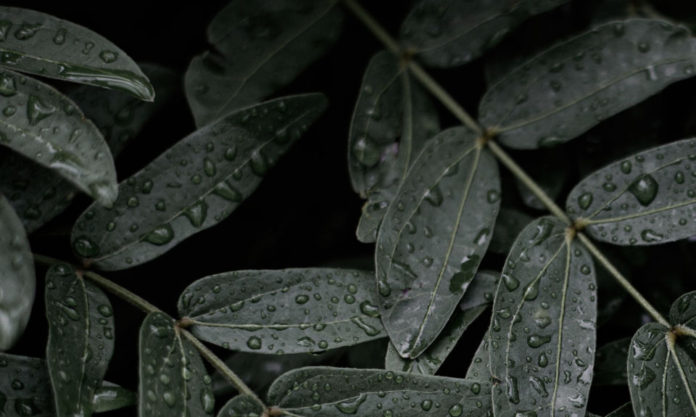Take a trip to a tea plantation. Nanjing is surrounded by mountains where tea grows. You’ll bump into one soon enough if your eyes are open to it. If you already know one, go to that one.
Steal a handful of leaves. Not many. Just a handful. The farmer won’t see you. Don’t worry.
If he does, just blame me.
Now, if you put those leaves into your mouth, they will taste like “leaves”. And that’s pretty much all they will taste of. Infuse them in hot water and the liquor will taste like leaves. Not much magic so far.
It’s what happens next that identifies this as a wonder plant.
Crush those leaves in your hand and keep smelling what emanates. Initially, that will be “leaves”, which is the chlorophyll scent, mostly. But if you keep monitoring the wound, you’ll notice more than a colour change. Just like an apple, things change pretty fast once the tea leaf is attacked.
With an apple those changes are mostly undesirable; you’d better eat that browning lattice of cells pretty soon. But with a tea leaf, intriguing smells happen. This is not just a beautiful accident; this is the plant’s defense mechanism.
Unable to scurry around or squeak mayday, the leaf communicates with the other leaves through this aroma. The plant responds by amending its priorities, altering the chemical makeup of further leaves, attempting to make them less attractive to this latest predator.
We’re living in a decade where much more is being discovered about these volatile and sub-soil communications between plants, discoveries sometimes dubbed the “Wood Wide Web”.
We’re learning that the smell surrounding trees on a hot day is perhaps more like tears than sweat.
The infusion of processed tea in hot water is sometimes known as “the agony of the leaves”, but their torture began long before this moment. And the variety of the leaves’ responses to different forms of torture is what creates the spectrum of tea.
By this, I don’t just mean those fascinating reactions within the severed leaves; I mean the way the tea plant responds to frequent or infrequent plucking, or to wind. I also mean the way it responds to bites.
In my experience, tea-plantations often have sticky yellow pads designed to lure away airborne insects. I don’t know the whole truth about pesticides. But, sometimes, and let’s assume it’s not always, an insect attack can result in a fortuitous new taste from the tea plant.
Researchers in Taiwan have observed several cases of this, such as the famous aroma of the “Oriental Beauty” tea, suggesting that an earthquake in 1999 displaced insect populations, changing the flavour of some humble oolongs for the better!
Well, there’s a big part of me that worries when individual flavour compounds; (3E,6S)‐2,6‐ Dimethylocta‐3,7‐diene‐2,6‐diol, since you ask; are identified like this. I worry that these could be synthesised and added to tea, just like vanilla essence.
It’s not just the fear of being “cheated”; it’s the fear that these circuitous routes to unique new flavours may dry up as we pursue increasingly efficient, familiar methods. But accidents do happen in the lab, as well. And the next great tea variety may be discovered by a scientist…
… or by a spring-time walker in the mountains surrounding Nanjing.









